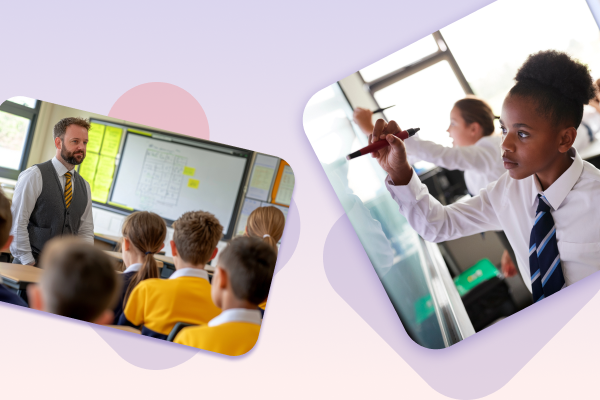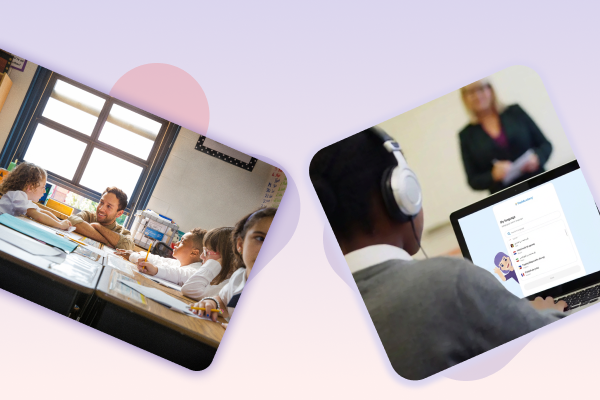

In the landscape of education, multilingualism has emerged as a powerful asset, shaping language learning and academic development. The article Language skills and well-being in early childhood education and care: a cross-sectional exploration in a Swedish context delves into the crucial role of multilingualism in the education and language learning processes, specifically focusing on English as an Additional Language (EAL) education. Published in Frontiers in Education, the article emphasises the benefits of leveraging students’ multilingual backgrounds to enhance their acquisition of English proficiency.
The authors highlight how multilingualism positively influences cognitive abilities, such as problem-solving and critical thinking skills. They argue that integrating students’ native languages into EAL instruction fosters a supportive learning environment, promotes cultural inclusivity, and facilitates better comprehension of English concepts.
Additionally, the article discusses the importance of teacher training programs that incorporate strategies for multilingual classrooms. Educators play a pivotal role in implementing effective teaching methods that recognise and utilise students’ linguistic diversity to optimise their language learning experiences.
The research findings underscore the need for tailored EAL curricula that acknowledge and embrace students’ multilingualism. By acknowledging and valuing diverse linguistic backgrounds, educational institutions can create inclusive learning environments that empower students to succeed academically and linguistically.
Readers interested in exploring in-depth insights into the role of multilingualism in EAL education can access the full article here.
Disclaimer: The above summary is based on the article Language skills and well-being in early childhood education and care: a cross-sectional exploration in a Swedish context, published in Frontiers in Education. The content of the summary belongs to the authors of the article, and readers are encouraged to refer to the original source for complete information and context.

